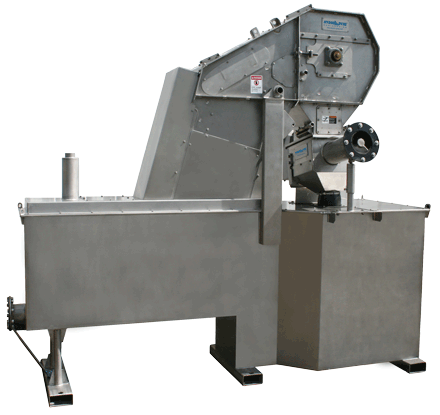Septage, the liquid waste from septic systems, poses a very real problem: What do you do with it?
Many wastewater treatment plants have set up Septage Receiving Stations that accept and process septage. Septage is collected by liquid waste haulers that empty the septic systems and bring it to the septage receiving station for processing. The job of the receiving station is to remove the inorganic solids from the septage before passing the remainder as wastewater.
Septage receiving stations offer many benefits: to the plant, to the community, and to the environment.
However, septage requires special handling before it can be passed to wastewater treatment plants. This blog discusses the unique challenges for septage receiving stations.
Challenges with Septage
Septage poses a real challenge for wastewater plants because it is not the same as typical wastewater and can be the most difficult waste stream to a wastewater treatment plant. Concentrations of rocks, rags, grit, and FOG (fats, oils, and grease)can be as much as 30-100 times greater than those found in typical wastewater.
As a result, septage presents several unique requirements for the equipment used at septage receiving stations, such as:
These challenges can cause reduced throughput, damaged screening, increased equipment wear, manual cleaning, equipment failure, and less revenue to the treatment facility.
To learn more about septage receiving, download our full article about the challenges.
Hydro-Dyne’s Dusky Shark septage receiving station was designed to meet the challenges of handling domestic septage at municipal wastewater treatment facilities of any size. The Dusky Shark was designed to meet the most extreme requirements:
If you would like to discuss your specific needs, connect with Hydro-Dyne’s highly experienced professionals for more information about our Dusky Shark Septage Receiving Station.

4750 118th Avenue North Clearwater, Florida 33762 USA Phone: +1 (813) 818-0777 Fax: (813) 818-0770
Copyright ©2024 Hydro-Dyne Engineering. All Rights Reserved. | Privacy Policy | Terms of Use